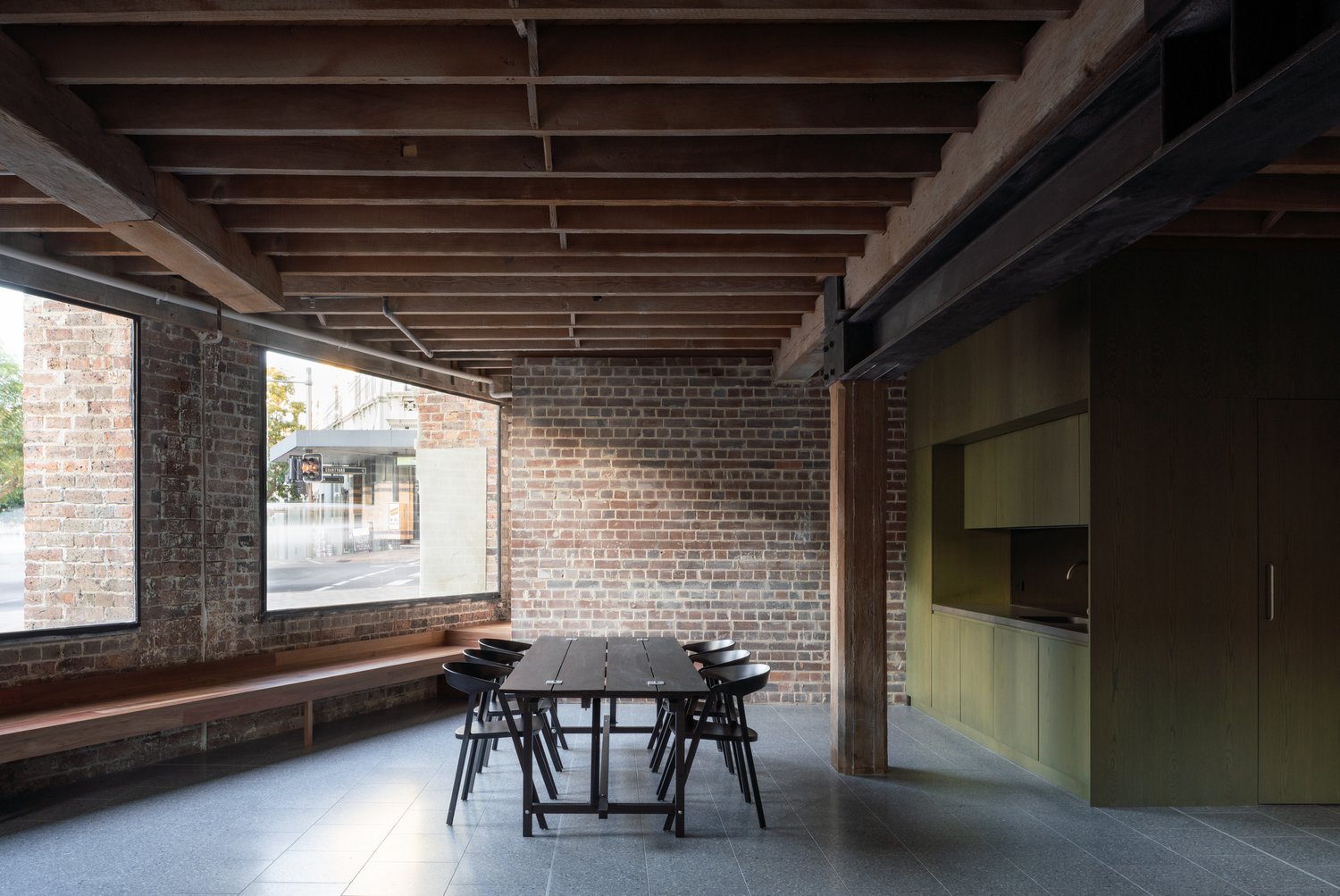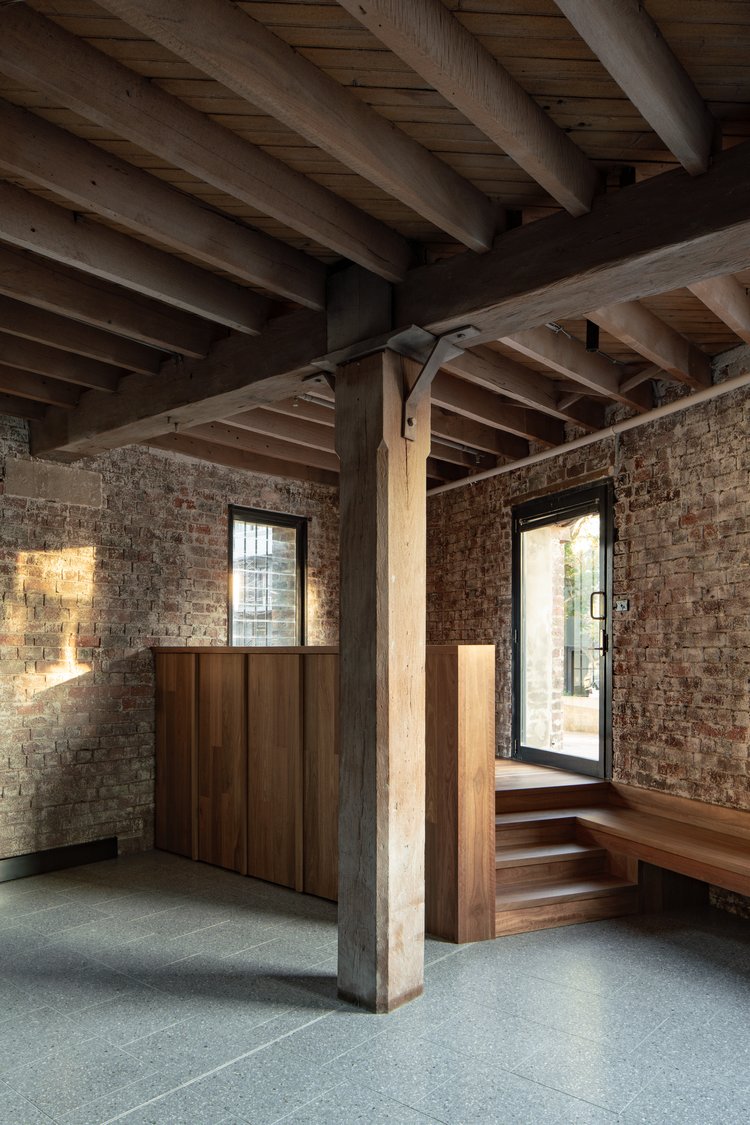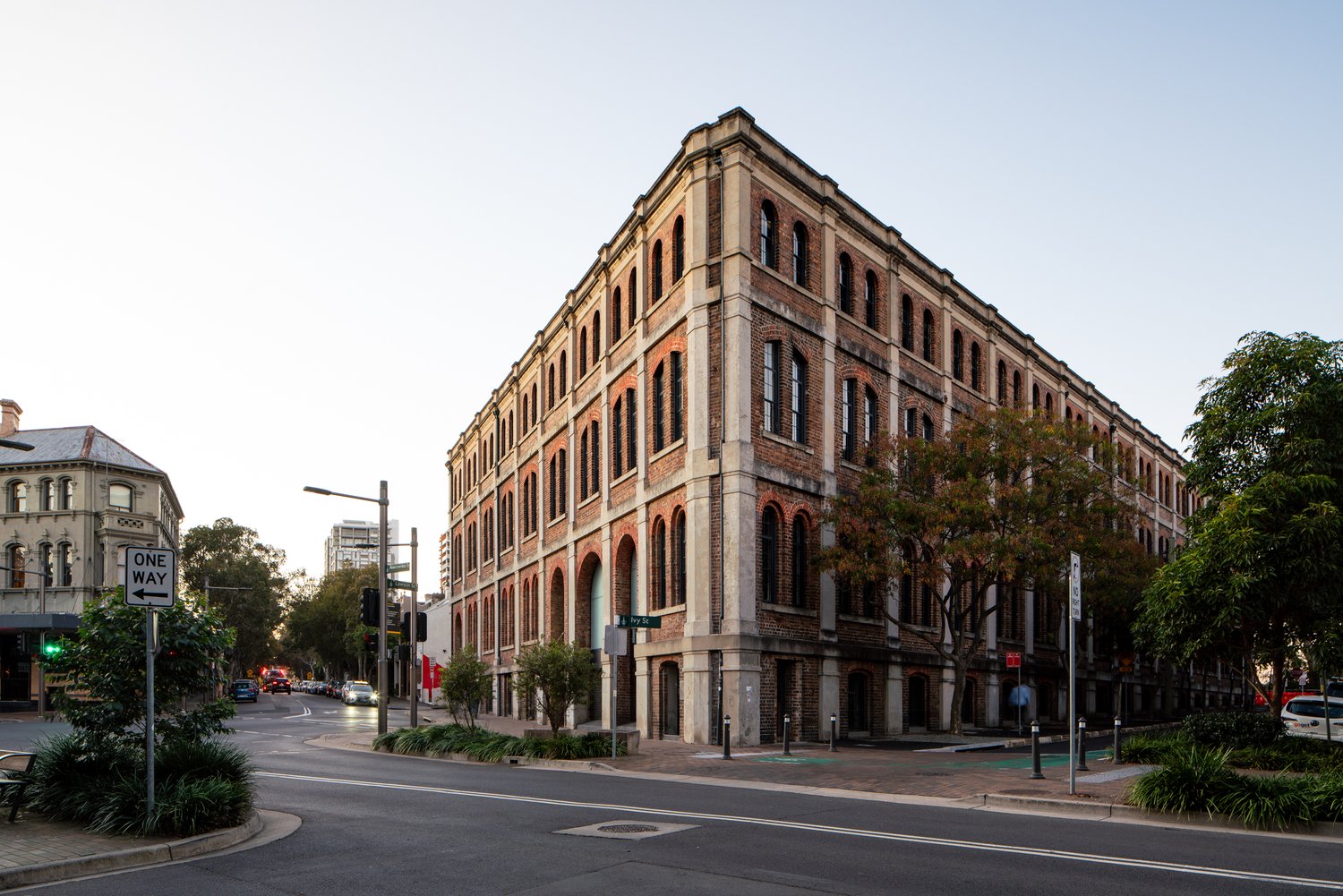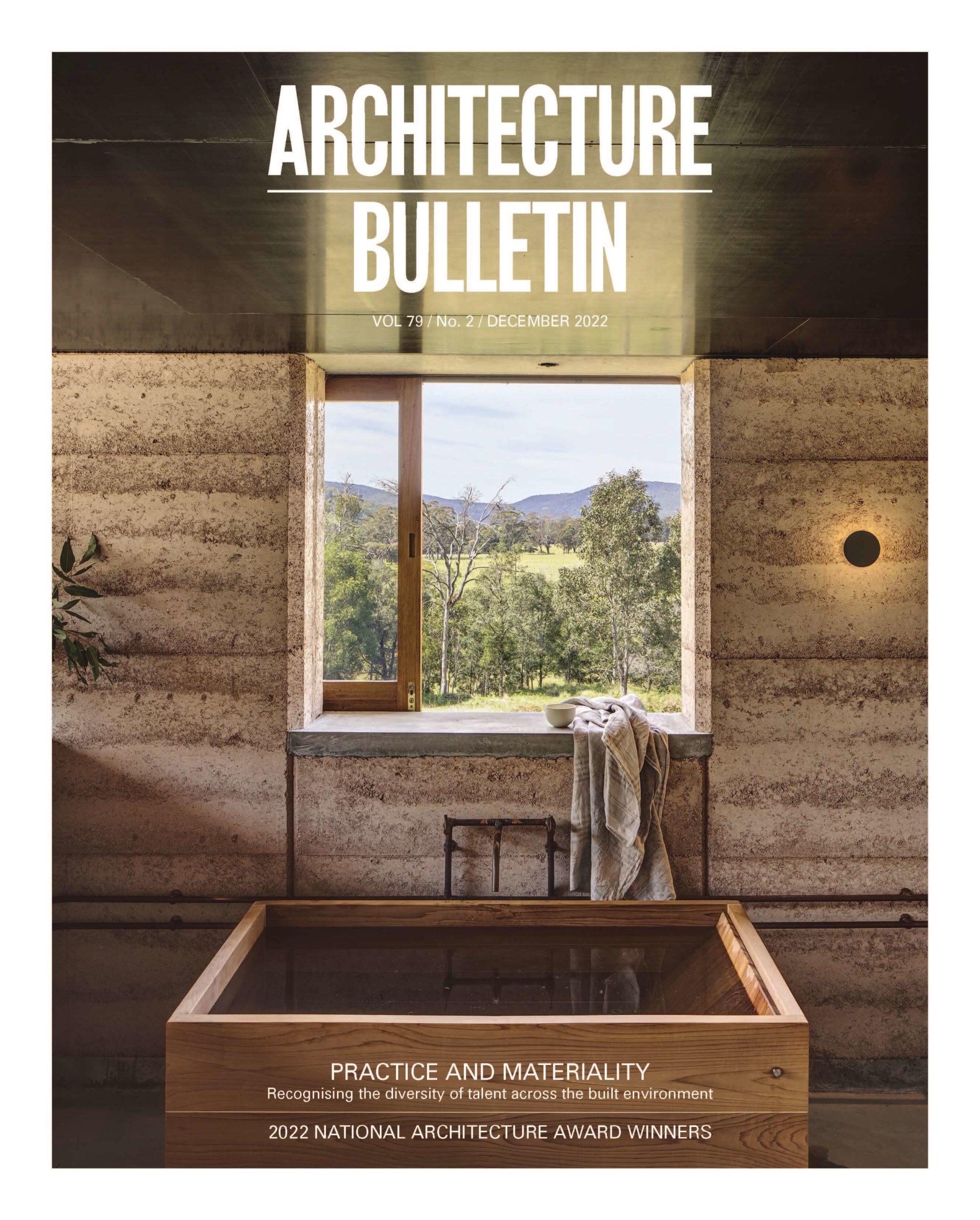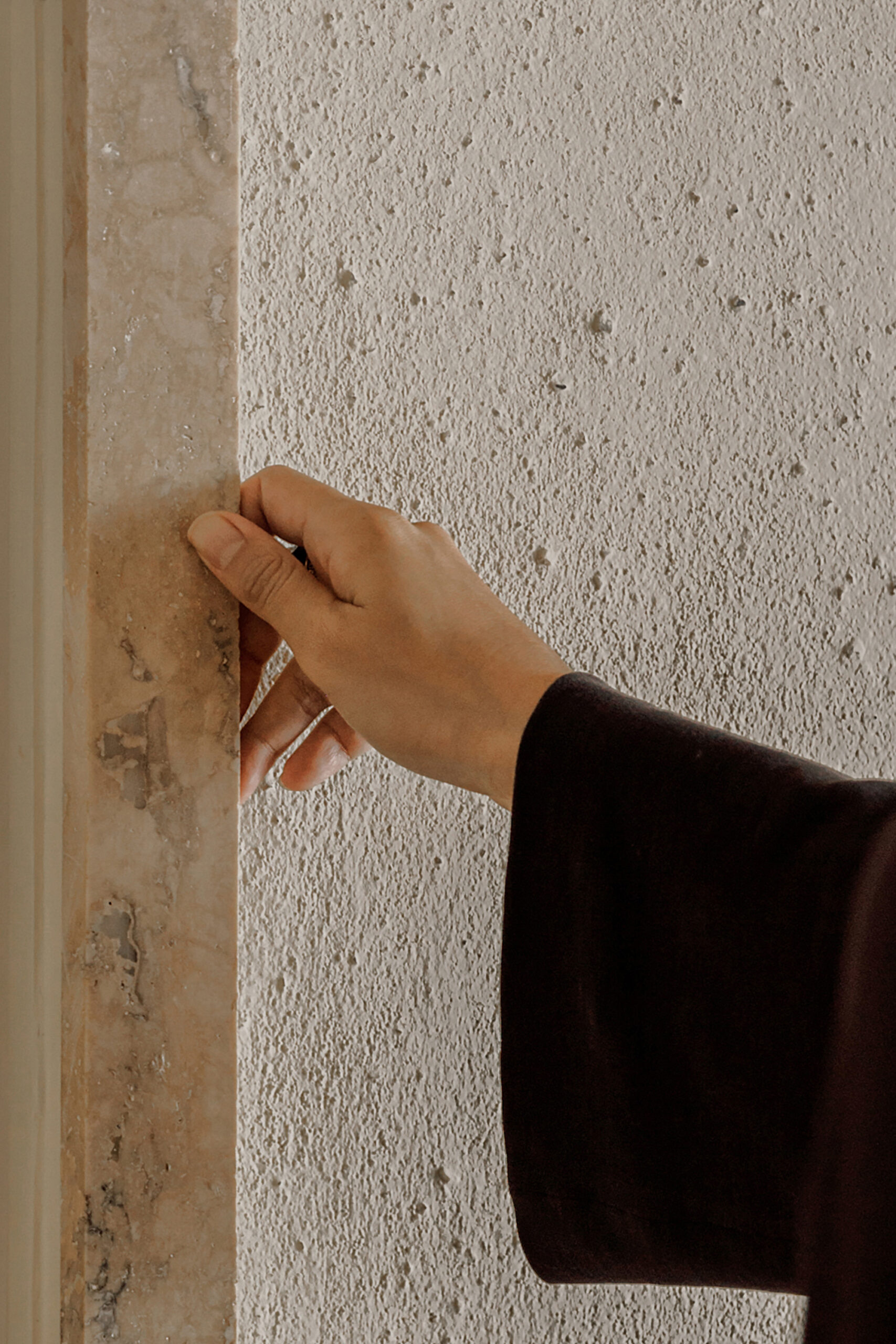Practice Profile: Muci
Words by Steani Cilliers and Chris Mullaney
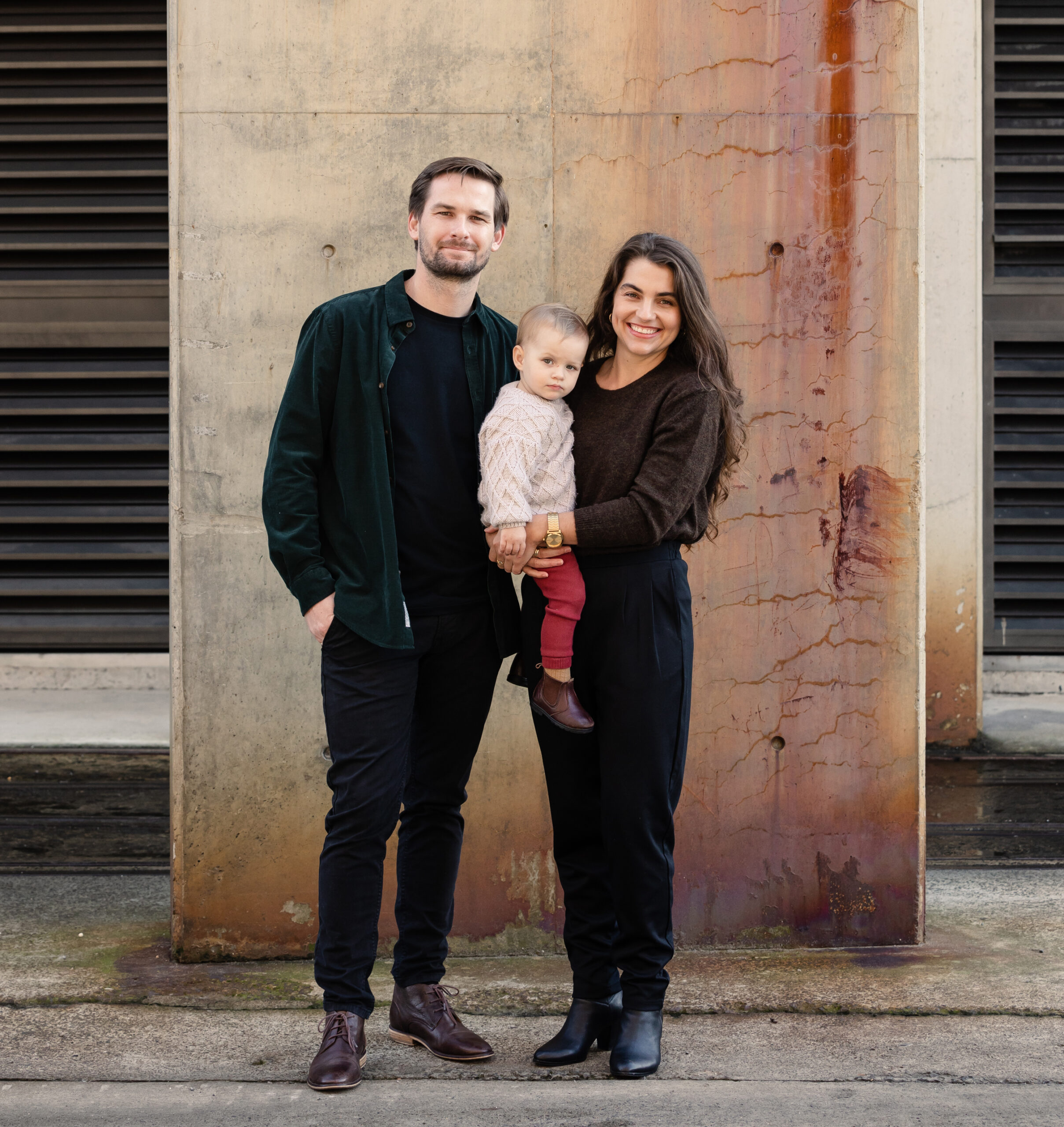
Starting a business and a family at the same time might sound like a nightmare, and we are not here to tell you that it’s been easy, but lately, we’ve realised the juggle brings with it substantial long-term benefits for our practice.
When we first met, we were deeply entrenched in the 24-hour studio culture at the University of Newcastle. Our first thoughts of starting a practice together reflected this studio model of late nights, working weekends, and going the extra (unpaid) mile for the love of design. The romance of this vision had already started to fade after a decade of working in the industry and while we had built much better work-life boundaries, the balance wasn’t there yet. In a strange way, having a child became the antidote to this as we have come to learn that nothing enforces knock-off time like having a child to care for.
Our practice culture and our parenting dynamic have been forged simultaneously in the context of this uncompromising commitment, and privilege, of raising a child. So, it is rewarding to reflect on what we have learned so far and what it might mean for our studio moving forward, or any studio in a similar position.
It is well understood that it takes a village to raise a child but there are interesting parallels to this proverb and establishing a small design practice. A large motivation for starting our own studio was our plan to relocate from Sydney to Newcastle. We liked the idea of being closer to family and basing ourselves in a regional city during a time of great transformation. To make this transition easier, we moved in with family for six months while we searched for somewhere to live and build a financial runway for our business.
Similarly, our professional network was instrumental in getting our business off the ground. Most of our early project leads came from architects, consultants and builders that have taken an interest in helping us raise our new venture. The generosity of our peers has also filtered through at an operational level, so while we have started our own studio, we don’t practice in isolation. Together we exchange knowledge regarding the pragmatics of setting up a business, assisting each other with design reviews at critical junctures in projects, and sourcing new consultants and contractors in locations we haven’t worked in before. Having worked in medium-sized practices in the past, we are glad to have found ways to preserve some of the studio culture that we enjoyed in those formative years. It is our aim to build upon these relationships by finding ways to formalise these knowledge-exchange experiences into regular sessions.
Additionally, we have had to tackle issues of workplace flexibility head-on, discovering that the level of flexibility required exceeded our expectations and our ideal scenario has continued to change over the three years since our daughter was born. We wonder if this level of variability is being fully catered for as offices roll out flexible arrangements in a one-size-fits all approach, such as standardising which days everyone will work from home.
Pandemic-enforced work from home was fantastic with a three-month-old and was a big impetus for following through with our plan to start our own practice. However, this approach eventually burnt itself out as we entered toddler territory and home life became louder, messier, and more distracting. Our office is now in a charming old bank building a short bike ride from home and we enjoy the new sense of routine and conversations with other adults, if only while grabbing a coffee. Also, as any parent will tell you, by far the biggest curveball has been childcare – or lack thereof.
This year alone in 2022, we have missed 23 out of 75 days of planned childcare due to sickness or carer holidays. Being closer to family has been crucial to overcome this, and while it’s not great for monthly targets, working for ourselves has removed a layer of difficulty because we don’t need to continually notify employers about our shifting schedule.
The point is, the best working arrangement will be different for everybody and will undergo continual refinement. For our part, we have found this challenge to be a circuit breaker for bad habits around work-life boundaries. We have also come to recognise that we are most productive for a solid core of four to six hours during the day and that evenings are better allocated to family time or personal endeavours. We think this is likely true for most people, for us it just took starting a family to finally make these structural changes. So, while it has been a juggle, we think that our business and work-life balance will ultimately be better for it, being negotiated together, from the outset.
Steani Cilliers and Chris Mullaney are co-founders of Muci, a design-driven studio working on Awabakal Land/Newcastle.
